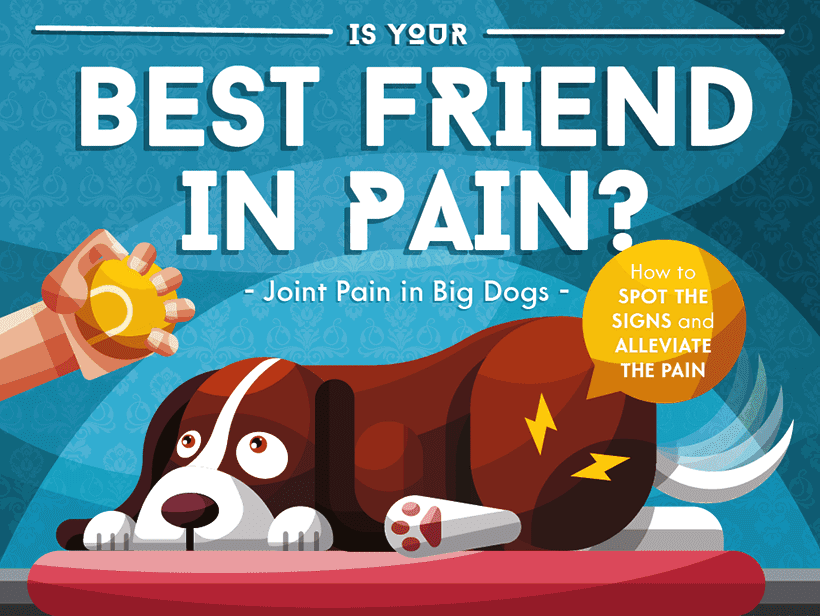Dogs live their whole lives on their paws, running, playing fetch, and general doggie activities; but time can take its toll on your best friend’s joints. Just like humans, dogs can experience symptoms of aging but the difference is it’s not always easy to tell when your dog is in pain.
Q1 hedge fund letters, conference, scoops etc
Larger dogs are more prone to joint pain than their smaller cousins, as their joints have to work hard to keep up with a rapid growth rate. Breeds like Rottweilers, Boxers, and Great Danes are particularly prone to joint conditions like arthritis and hip dysplasia. For large dogs in particular, paying close attention to diet, exercise, and sleeping environments are all key parts of preventive joint pain care. Maintaining a healthy weight in your big dog keeps unnecessary pressure down and keeps joint cushioning from wearing down. Nutritional joint health supplements for your pal is also a great option as your pet enters its older years to help slow arthritis progression of already apparent. Dog beds should have at least two layers of foam between your dog and the floor, essential in keeping large dog’s joints elevated and not crushing into a hard floor for extended periods of time while your dog slumbers.
From a human’s perspective, dogs sometimes suffer in silence since they can’t actually tell us where or why something hurts. It’s up to our own intuition and personal understand of our canine companion’s normal mannerisms and identifying changes in those behaviors that could point towards joint pain. Some dogs try to hide their pain instinctively, while other dogs take a more dramatic spin on even mild pain by crying and limping. But some physical responses cannot be suppressed like joint swelling or stiffness in movement. Aging dogs may show signs of slowing down and having lower energy compared to their puppy days, and this profession is normal. However when paired with behaviors like low-mobility, discomfort even on short walks, and uncharacteristic growling, simple “aging” symptoms can point towards a larger problem.
Every dog responds differently to pain, some of them instinctively hiding their discomfort and others crying or limping. Some symptoms, however, can’t be hidden like joint swelling, difficulty getting up or stiff movements, and sleeping or resting for longer than usual. Take a look at this infographic from Big Barker for more on canine joint pain, and how you can keep your pup healthy and on his feet, even in old age.






